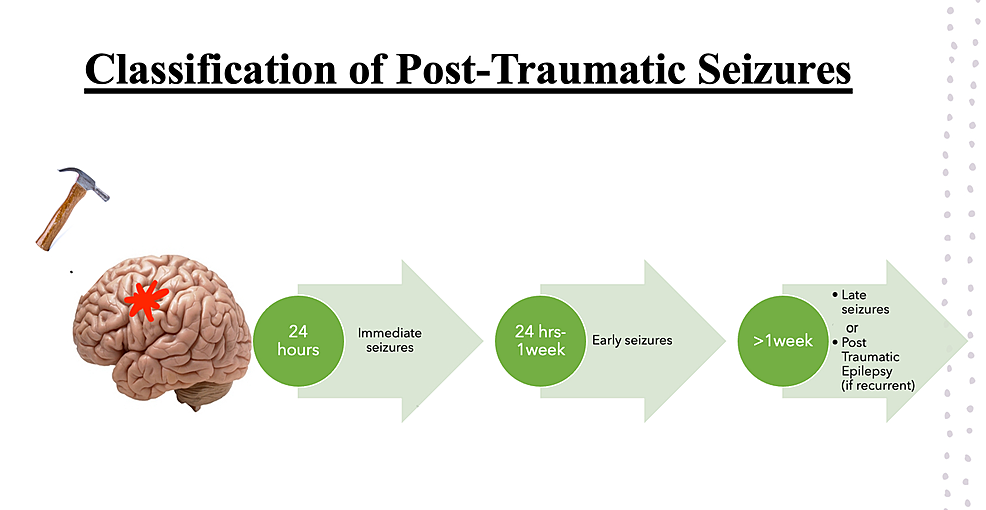And both have an integrated 5G modem
The Honor 30 smartphone presented today was the first Huawei device based on the SoC Kirin 985. We already figured out the configuration of this platform. It contains one core of Cortex-A76 with a frequency of 2.58 GHz, three of the same core with a frequency of 2.4 GHz, four-core Cortex-A55 with a frequency of 1.84 GHz and GPU Mali-G77 MP8.

Why did Huawei even release the SoC Kirin 985? Tests show that it is almost identical to Kirin 820
What are the results of this single-chip system? The first tests show that the Kirin 985 might not have come out.
As you can see, the new SoC scores 386,000 points in AnTuTu, which is only 3% more than the result of Kirin 820. More fun is that the Kirin 985 does not reach the Kirin 980, which, judging by the index, should be younger than the new solution.
Speaking in more detail, everything becomes even more entertaining. In particular, the performance of the Kirin 985 GPU is still higher than that of the Kirin 820 and is almost identical to that of the Kirin 980. But the CPU of the new platform is slower than the Kirin 820! And this is strange since with identical nuclei, the frequencies of the two senior clusters are higher for Kirin 985. However, the difference is small, so that from a practical point of view, it can be neglected.
As a result, it is completely unclear why Kirin 985 was produced at all when there is a Kirin 820, which also has an integrated 5G modem.









